Entertainment
The latest Entertainment breaking news, comment, reviews and features from the experts at T3
-
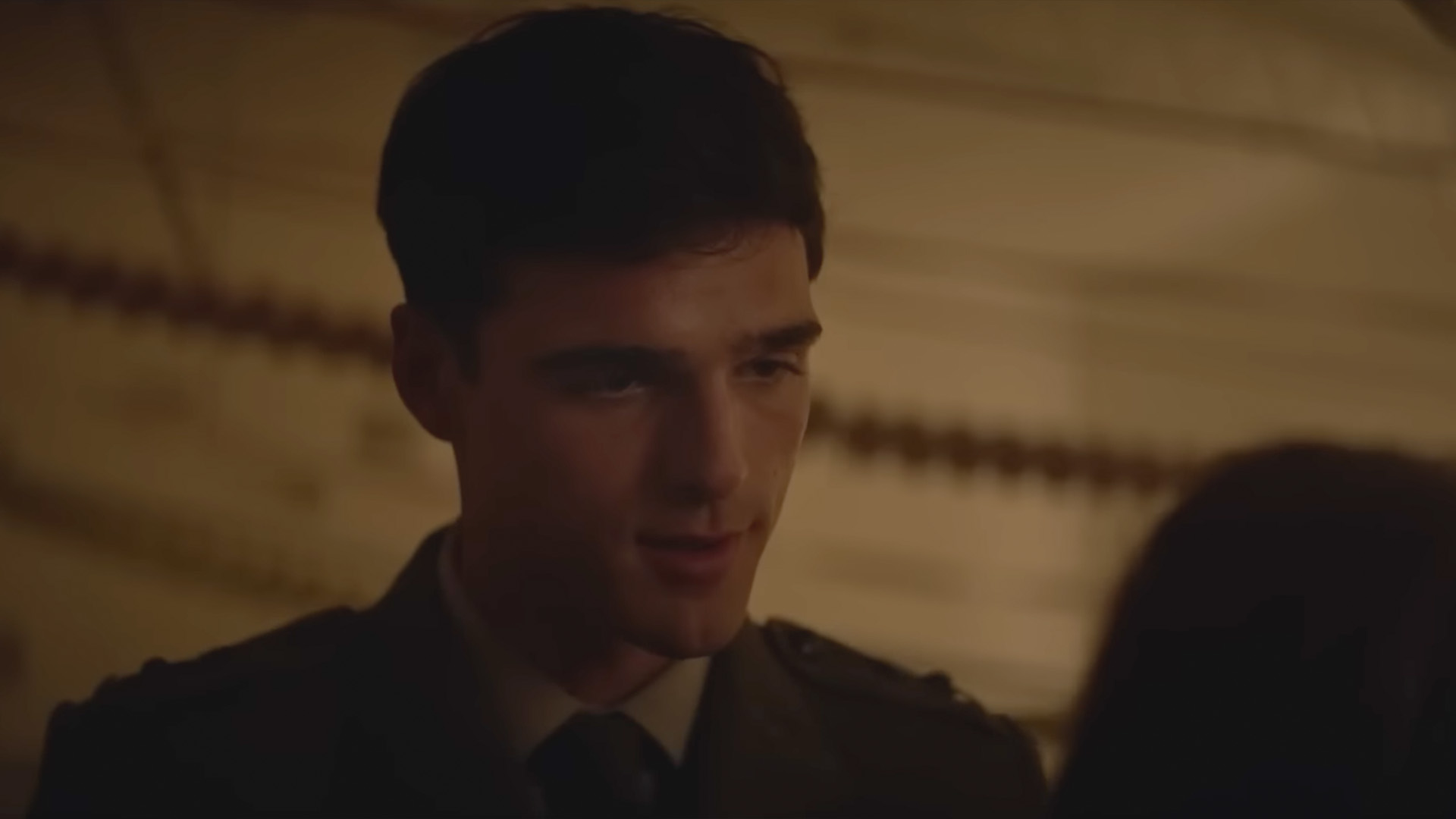
Amazon scores a huge 100%-rated hit with new Jacob Elordi show
The Narrow Road to the Deep North is big
By Max Freeman-Mills Published
-

Is this detective show my next obsession on Prime Video?
Ballard expands an existing universe
By Max Freeman-Mills Published
-

Welcome to Wrexham season four is coming – here's when
The Disney Plus favourite had 100% on Rotten Tomatoes last season
By Sam Cross Last updated
-

Is this about to be Prime Video's sauciest movie of all time?
Another Simple Favor looks steamy
By Max Freeman-Mills Published
-
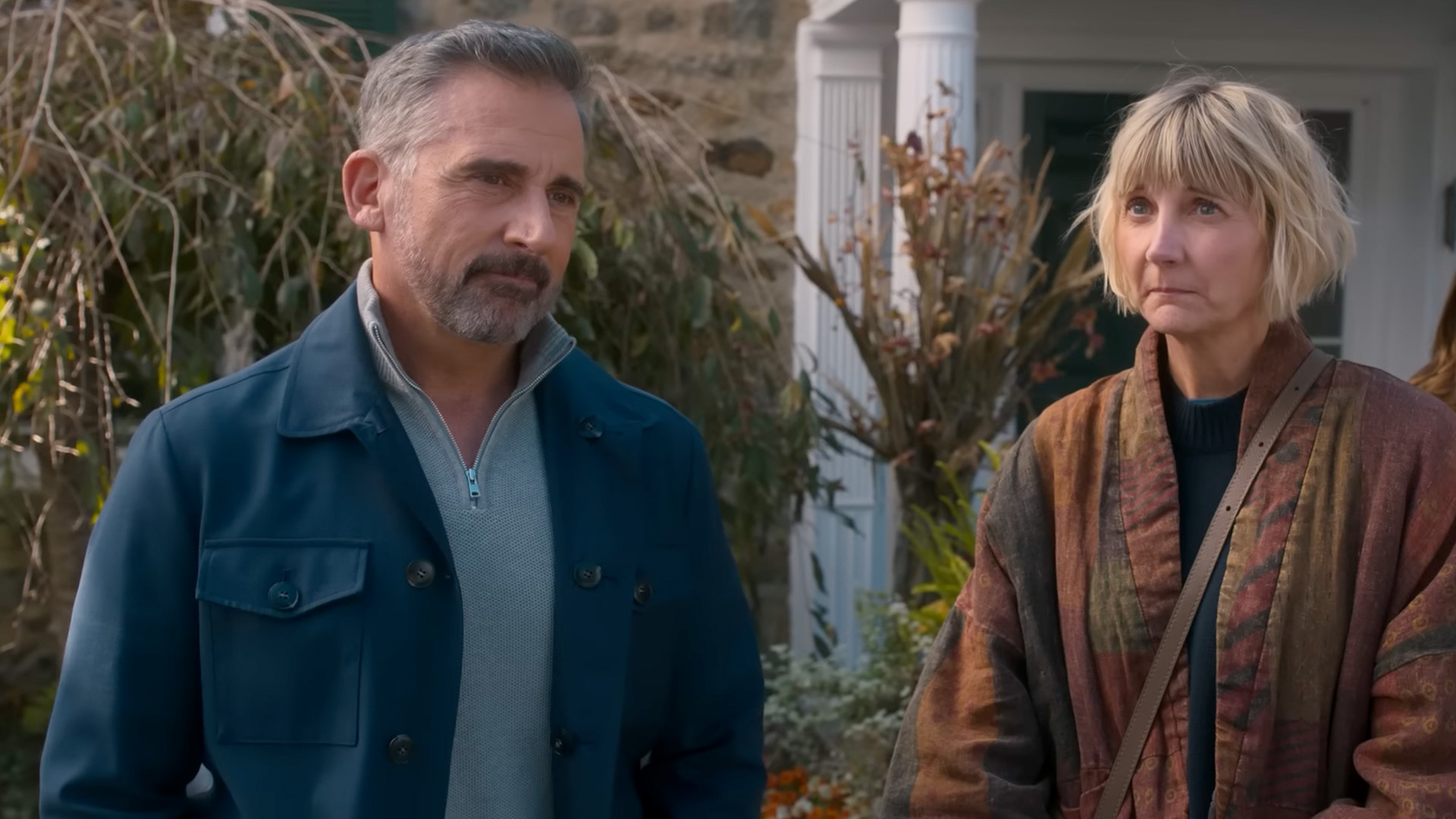
I can tell this new Netflix comedy series is going to have a sad twist
The Four Seasons will have light and shade
By Max Freeman-Mills Published
-

You might not know about it, but this Prime Video sequel is going to be enormous
Culpa Nuestra will be massive
By Max Freeman-Mills Published
-

The Last of Us season 2 isn't the best, according to viewers
Critics and viewers are at odds with The Last of Us season 2's premiere
By Mike Lowe Published
-

Apple TV+'s beloved sci-fi series gets a surprise sequel and trailer
Wondla is coming back
By Max Freeman-Mills Published
-

Netflix's most surprising 100%-rated sci-fi series returns with gorgeous trailer
Love Death + Robots is back for more
By Max Freeman-Mills Published
-

My most anticipated Netflix movie of the year gets a wild new trailer
Havoc looks pretty unbelievable
By Max Freeman-Mills Published
-
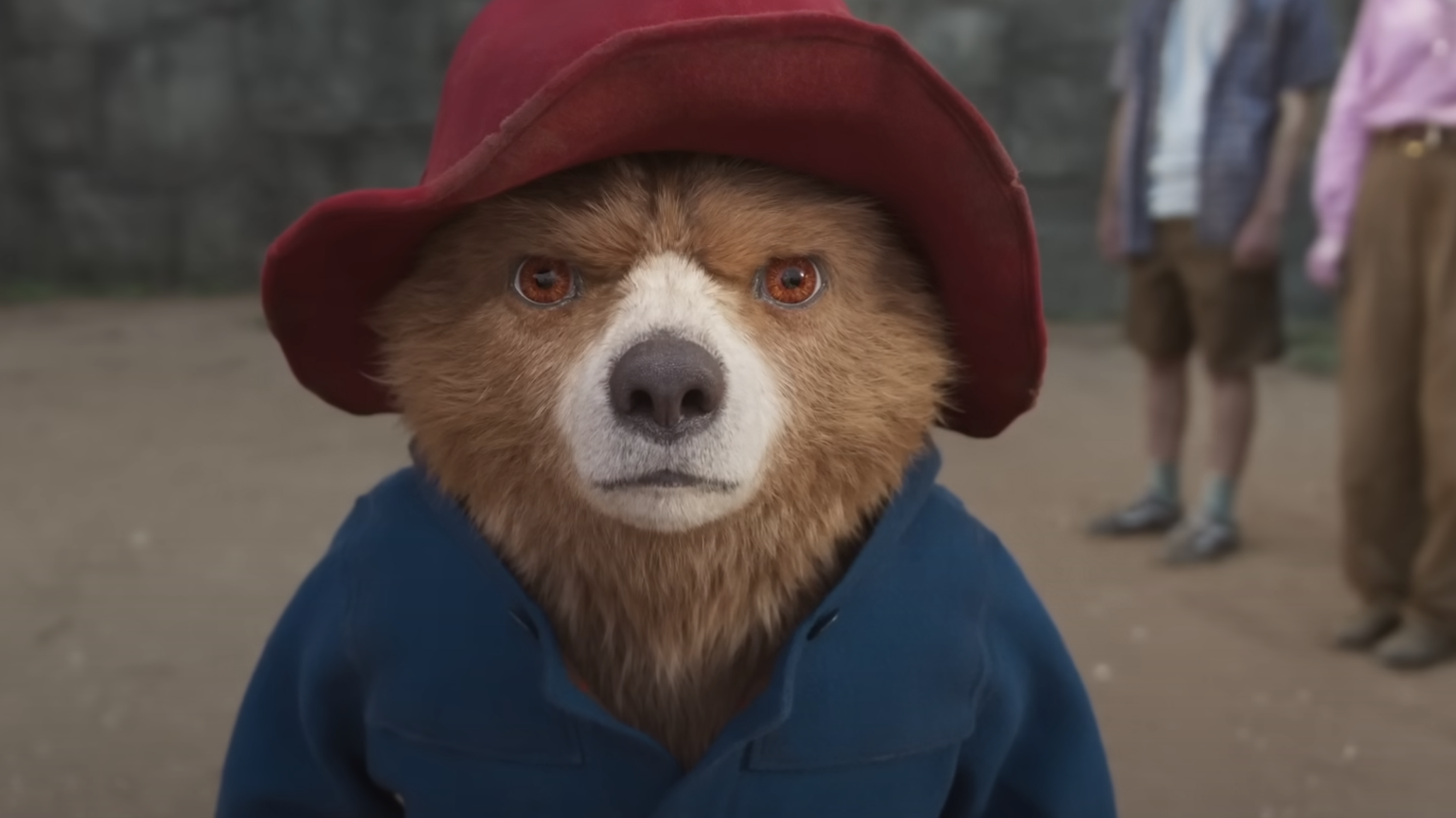
Forget the tariffs, Paddington 3 is now on Netflix to bring you joy
Paddington In Peru is now streaming on Netflix
By Mike Lowe Published
-

I did the unthinkable and subscribed to Paramount+
Hear me out: Paramount+ is worth paying for right now
By Mike Lowe Last updated
-
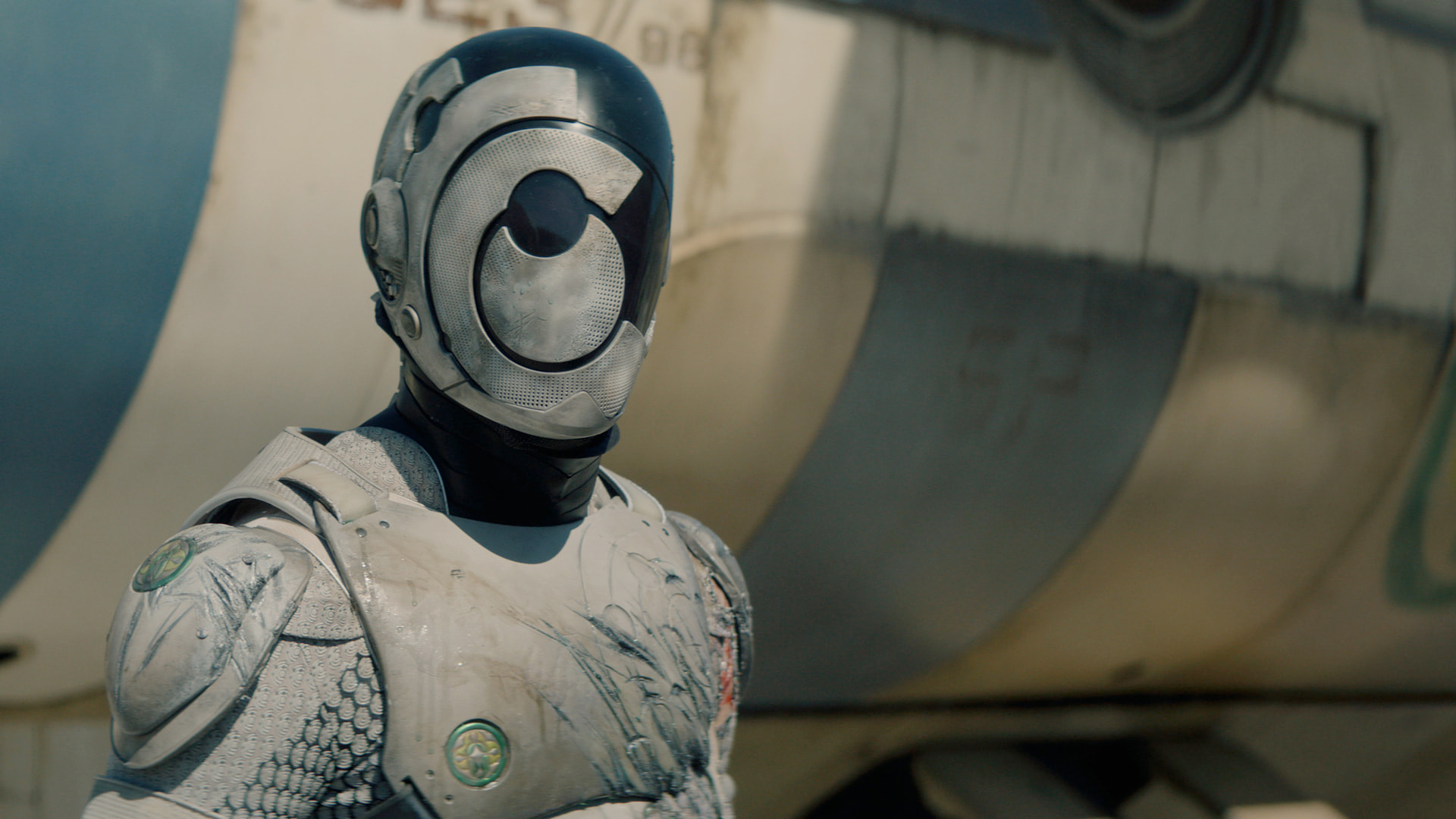
I love the Murderbot books, and Apple TV+'s first trailer has me excited
Murderbot is a series I can't wait for
By Max Freeman-Mills Published
-
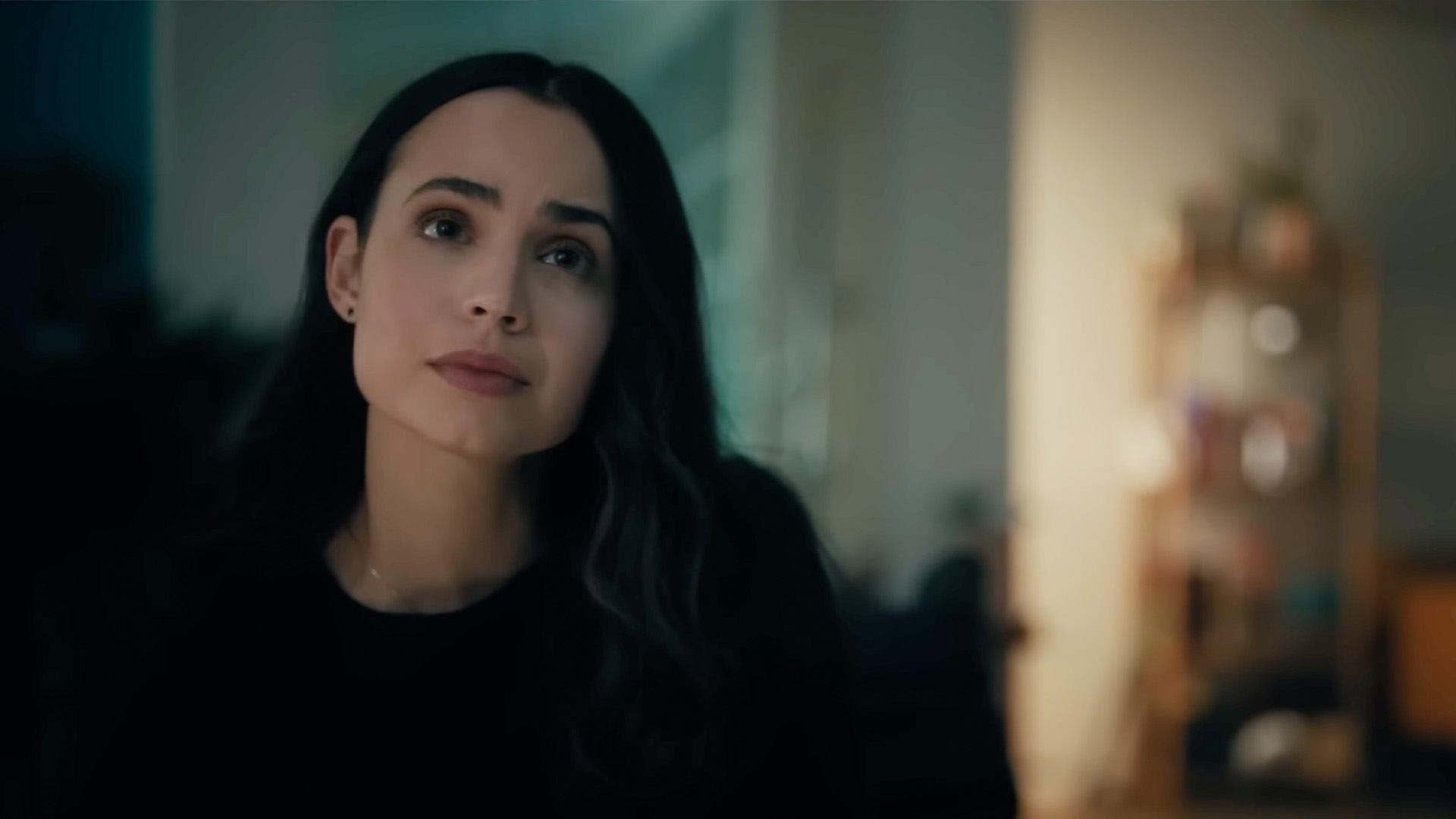
This runaway Netflix no.1 hit shows reviews aren't everything
Ignore The Life List's Rotten Tomatoes score
By Max Freeman-Mills Last updated
-
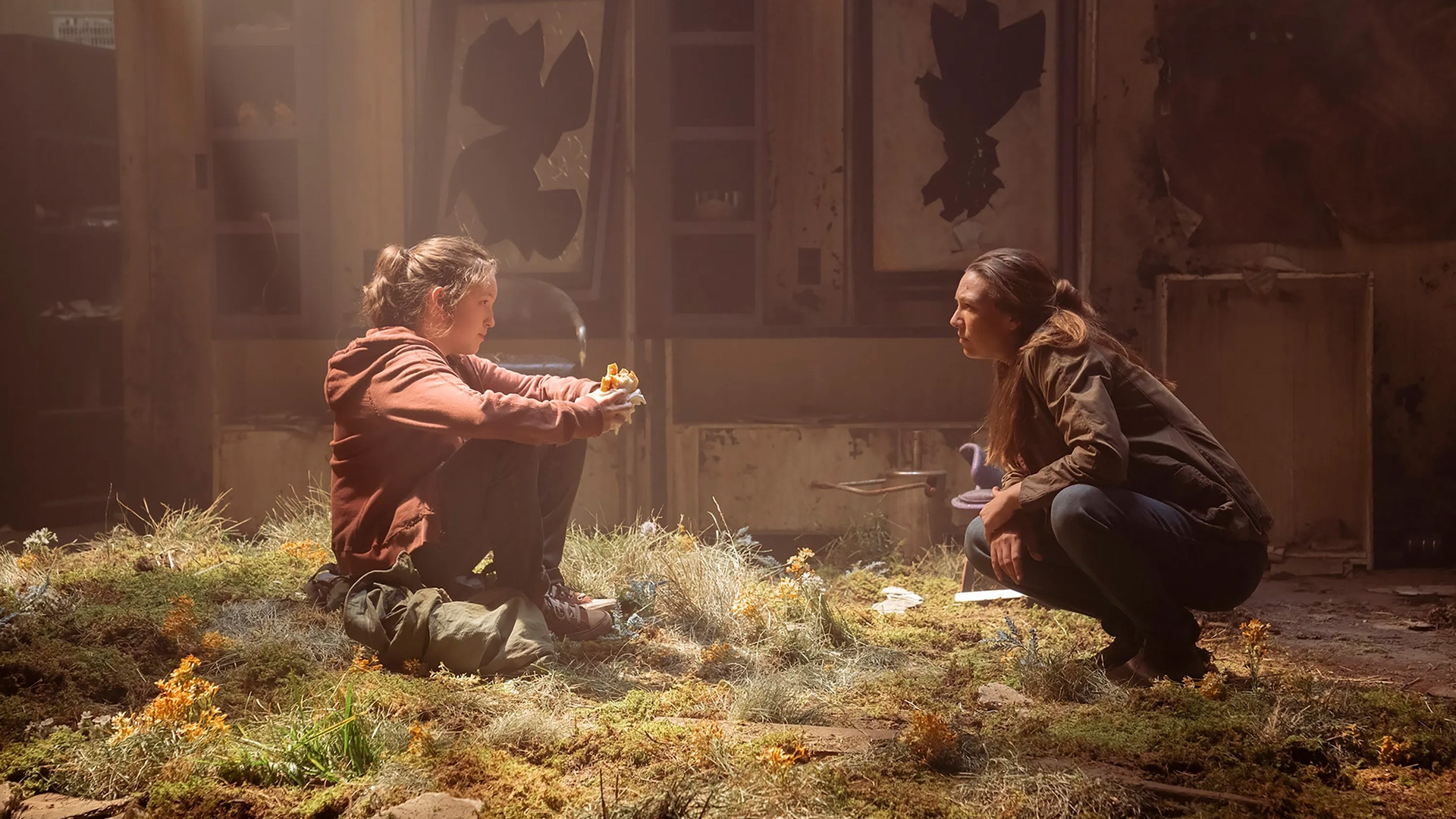
HBO’s best show in recent memory returns this weekend
The Last of Us season 2 is almost here
By Mike Lowe Published
-

The Handmaid's Tale hits different in 2025 but it's still a thrilling watch (no spoilers)
As season 6 kicks off on Hulu in the US, we see The Handmaid's Tale covering new ground with the same sense of foreboding
By Mat Gallagher Published
-

I'd never heard of this award-winning Apple TV+ series, but now it's back
Jane seems like lovely family fun
By Max Freeman-Mills Published
-

Apple TV+ summons the spirit of Indiana Jones for The Fountain of Youth
It's nabbed some big stars to help
By Max Freeman-Mills Published
-
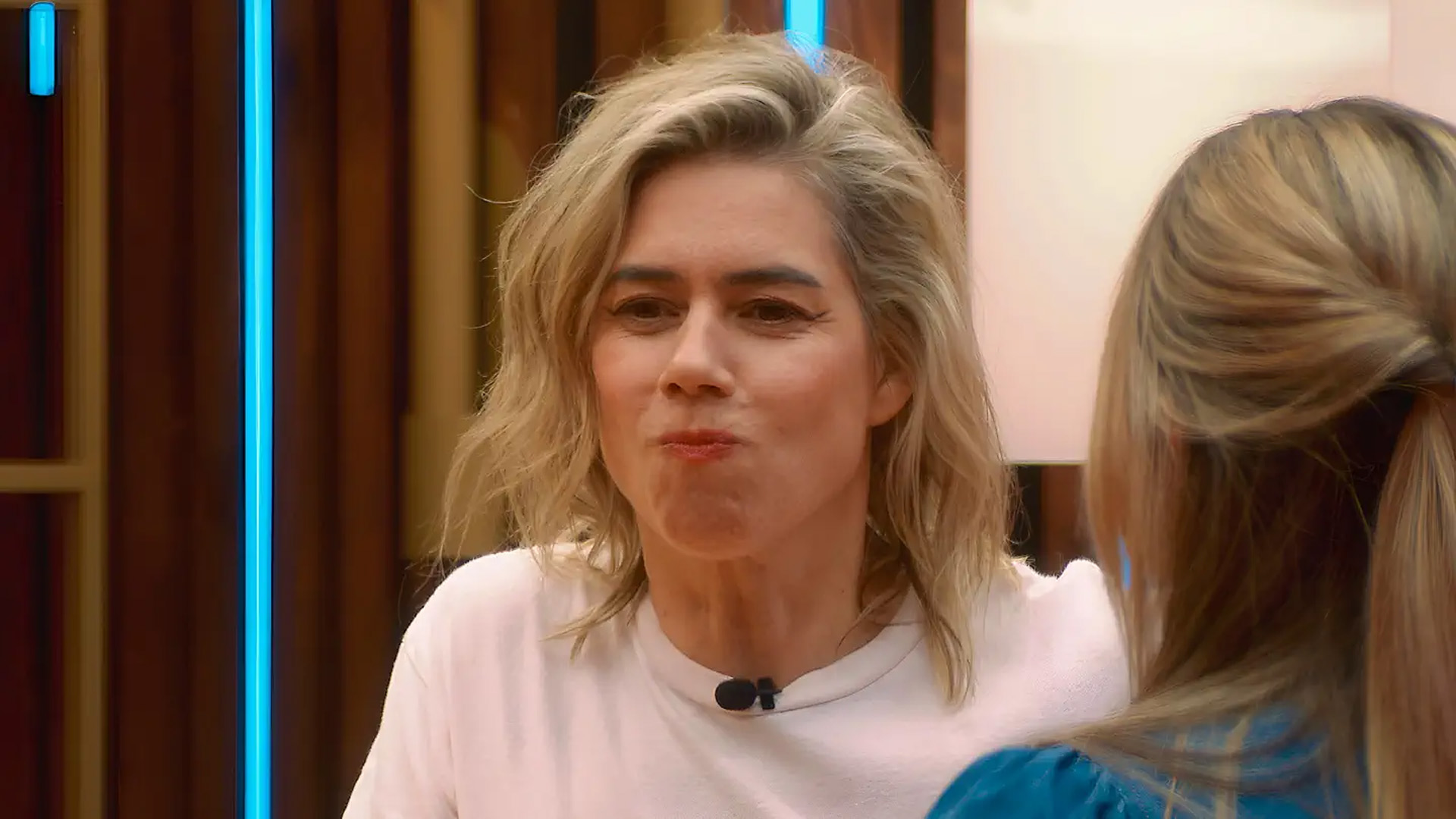
You owe it to yourself to watch this unbelievable Prime Video show
Last One Laughing UK is a delight
By Max Freeman-Mills Published
-
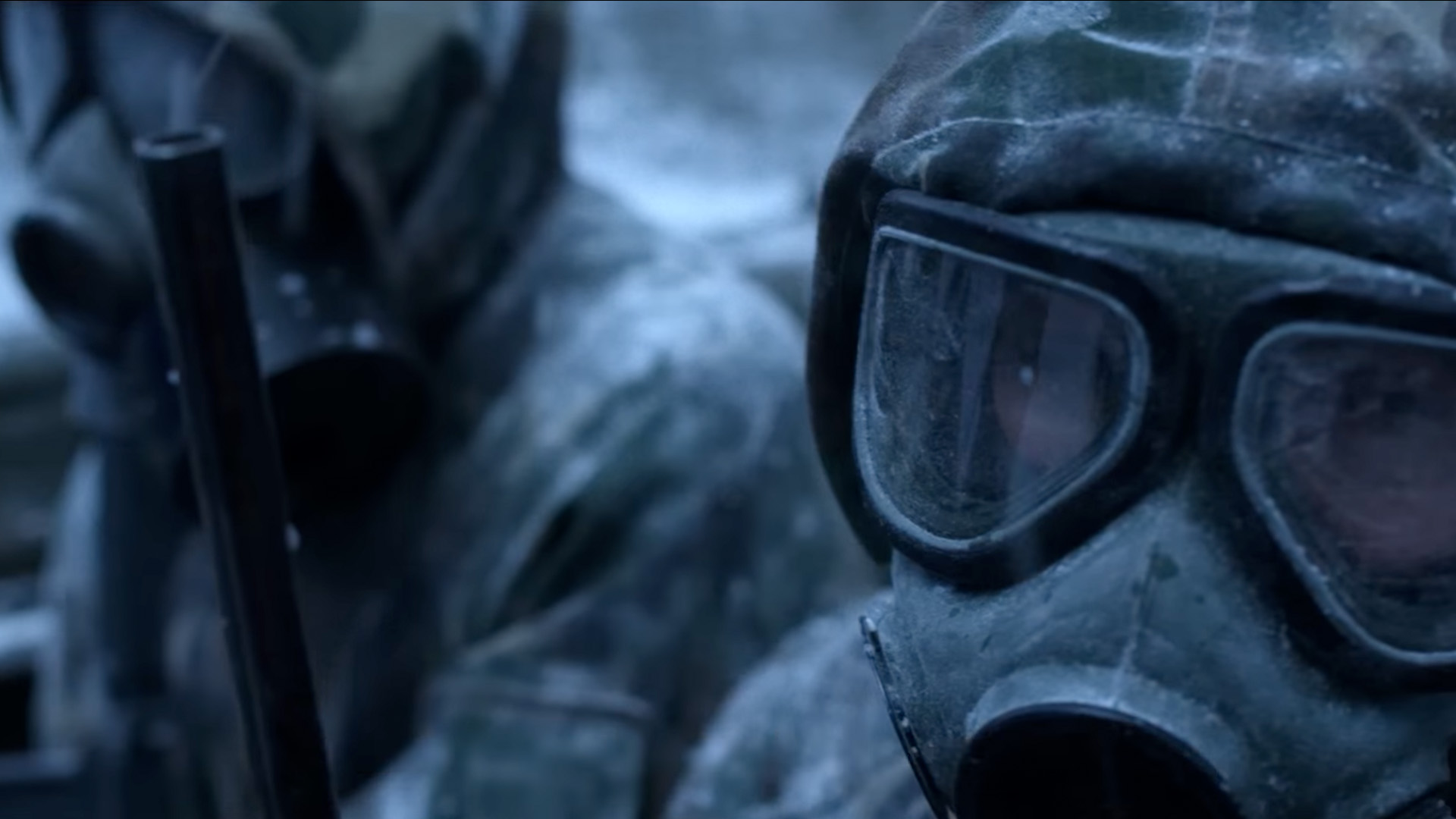
Netflix might have the next The Last Of Us in huge new sci-fi trailer
The Eternaut looks awesome
By Max Freeman-Mills Published
-

3 best Apple TV+ shows you didn't know existed
Apple TV+ is relatively young in comparison with other streaming services, but there are still some shows hidden in its depths – here are three we've unearthed
By Brian Comber Published
-
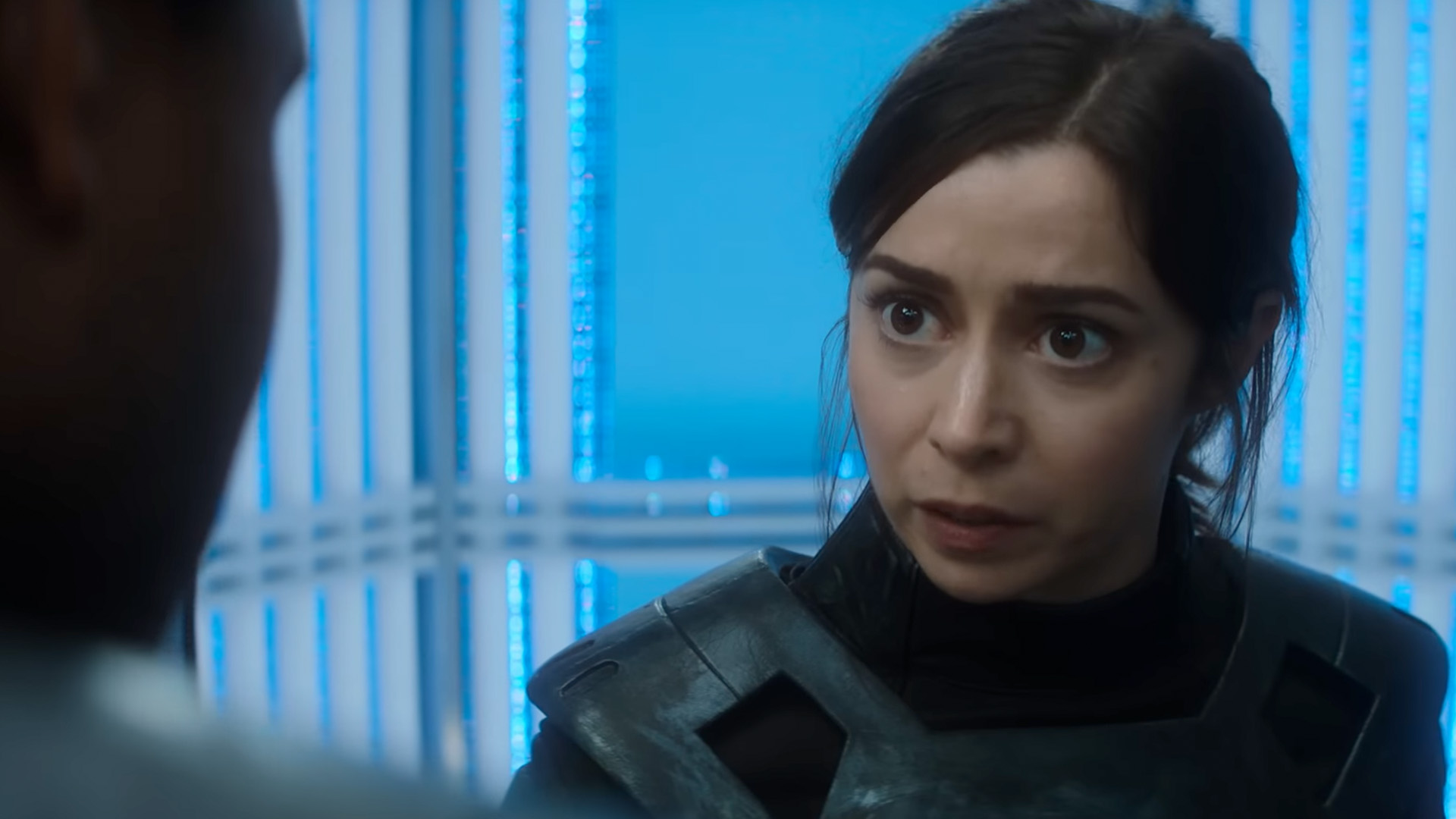
Netflix finally gives us more details about upcoming sci-fi epic
Black Mirror's new season looks huge
By Max Freeman-Mills Published
-

Amazon's oddest show returns in May – Clarkson's Farm Season 4 release date revealed
Jeremy Clarkson spills the beans... and the ale
By Rik Henderson Published
-

Netflix to resurrect Tarantino classic for an unexpected sequel
Quentin Tarantino might even supply the script himself
By Rik Henderson Published
-
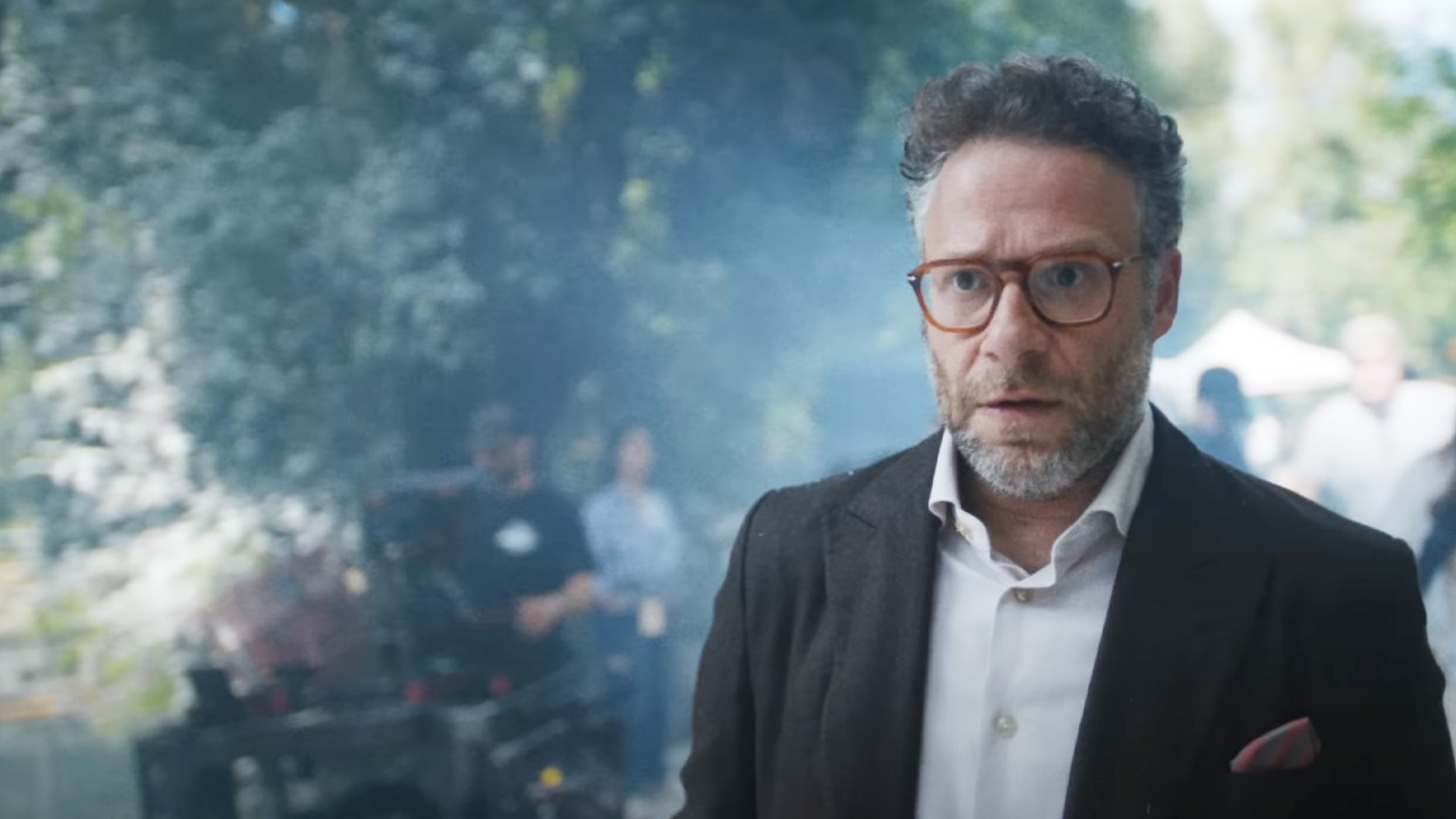
I just watched my favourite episode of TV this year – and it wasn't what I expected
The Studio's pilot blew me away
By Max Freeman-Mills Published
-

BBC iPlayer upgrade coming for a smarter, more personalised service
The BBC plans to use AI in iPlayer to improve the streaming service
By Rik Henderson Published
-
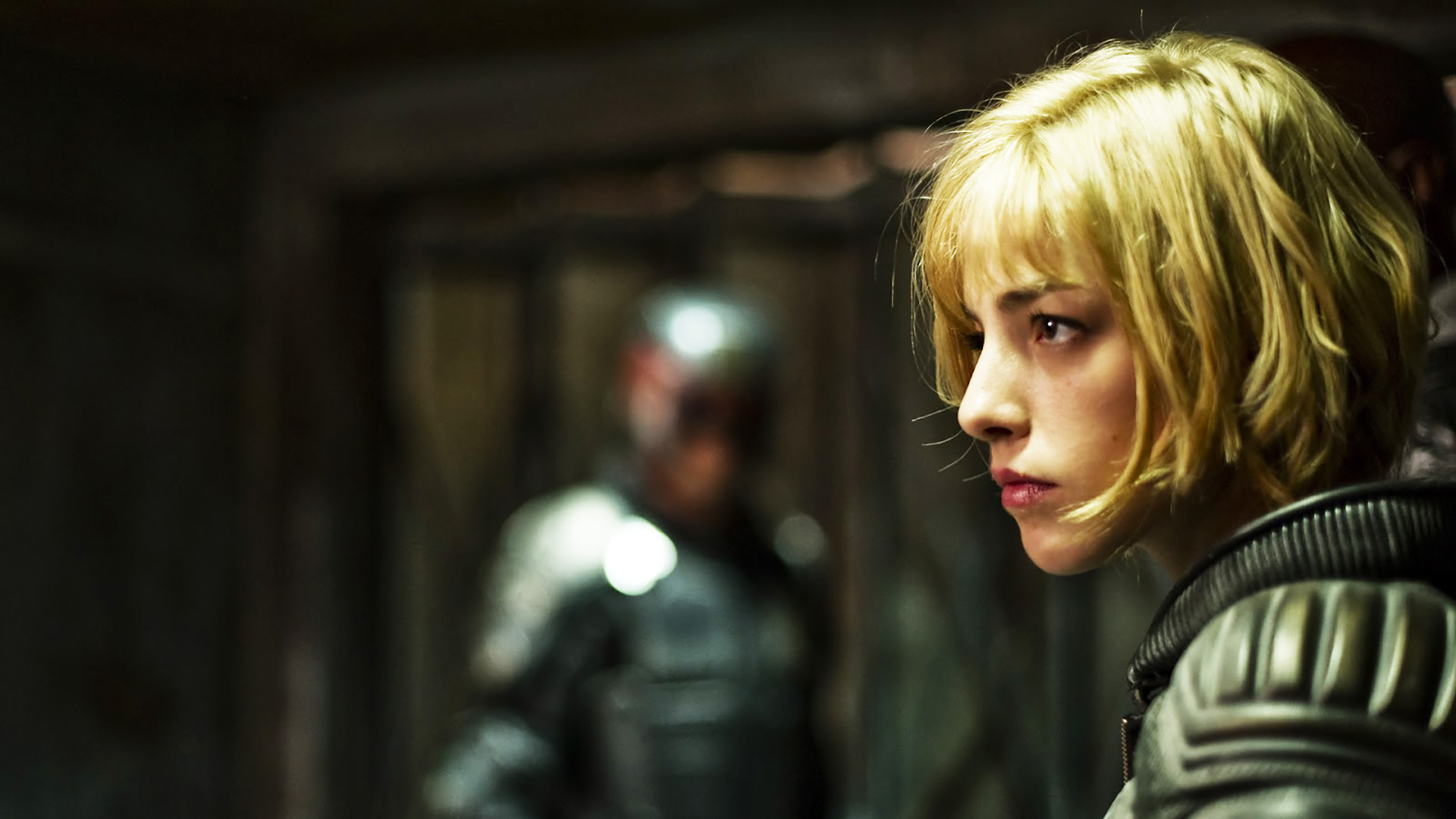
Amazon removing one of the most underrated sci-fi movies of all time from Prime Video
You have just a matter of weeks to watch this hidden gem
By Rik Henderson Published
-
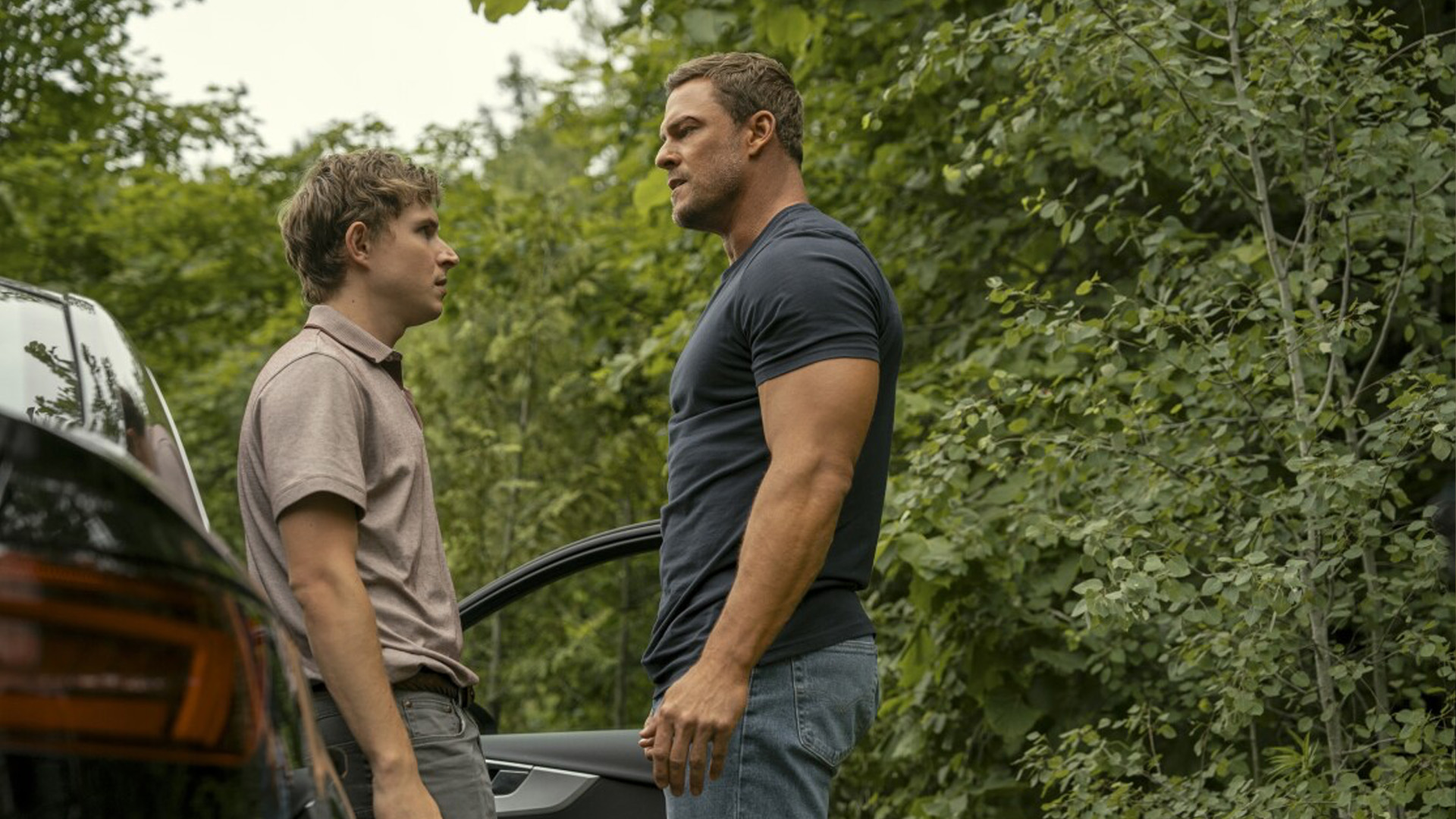
I've read every Reacher book, but this season hasn't hooked me
Not quite floating my boat
By Max Freeman-Mills Published
-
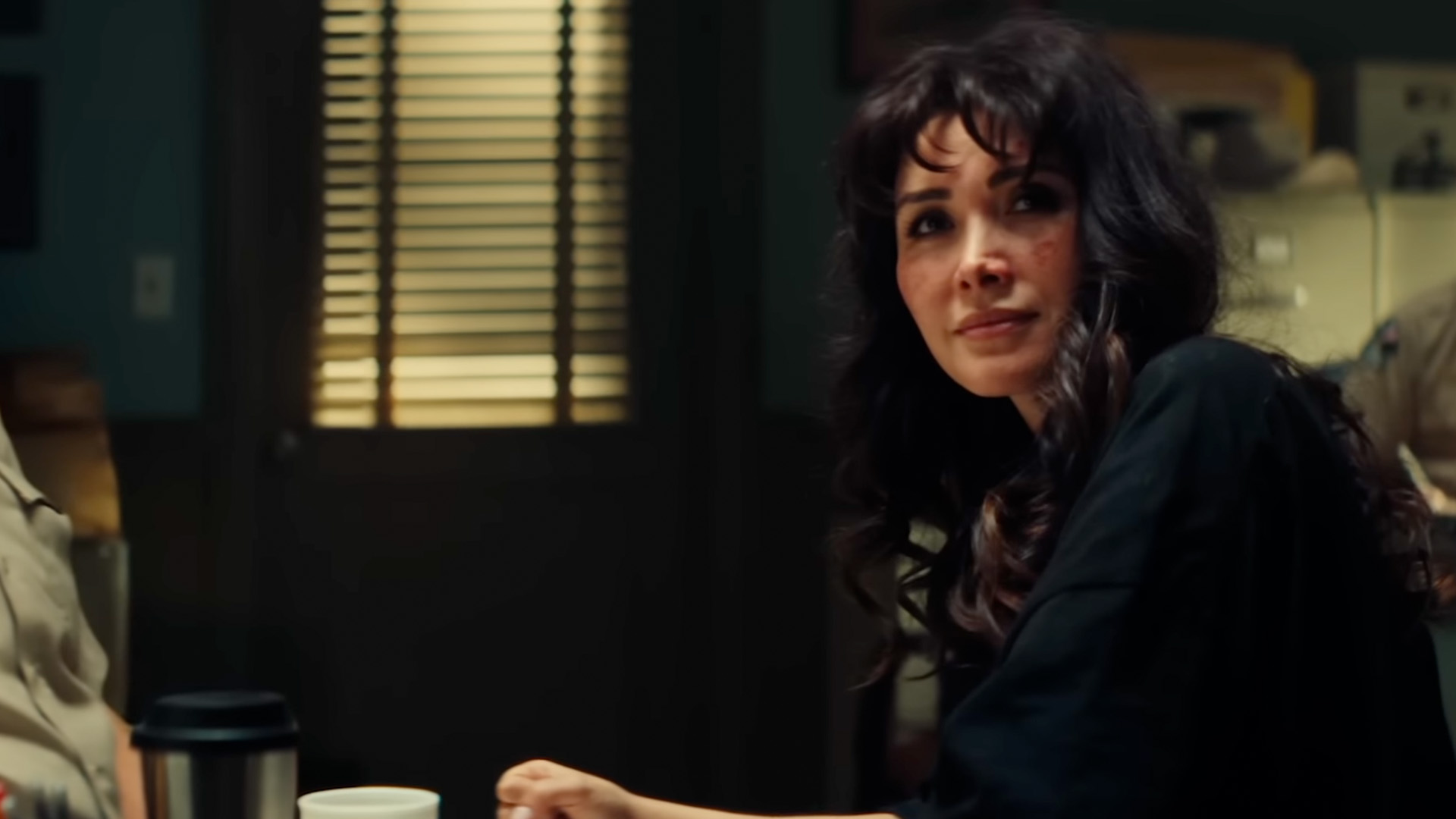
Did Netflix just reinvent Black Mirror as a comedy series?
Bad Thoughts looks unique
By Max Freeman-Mills Published
